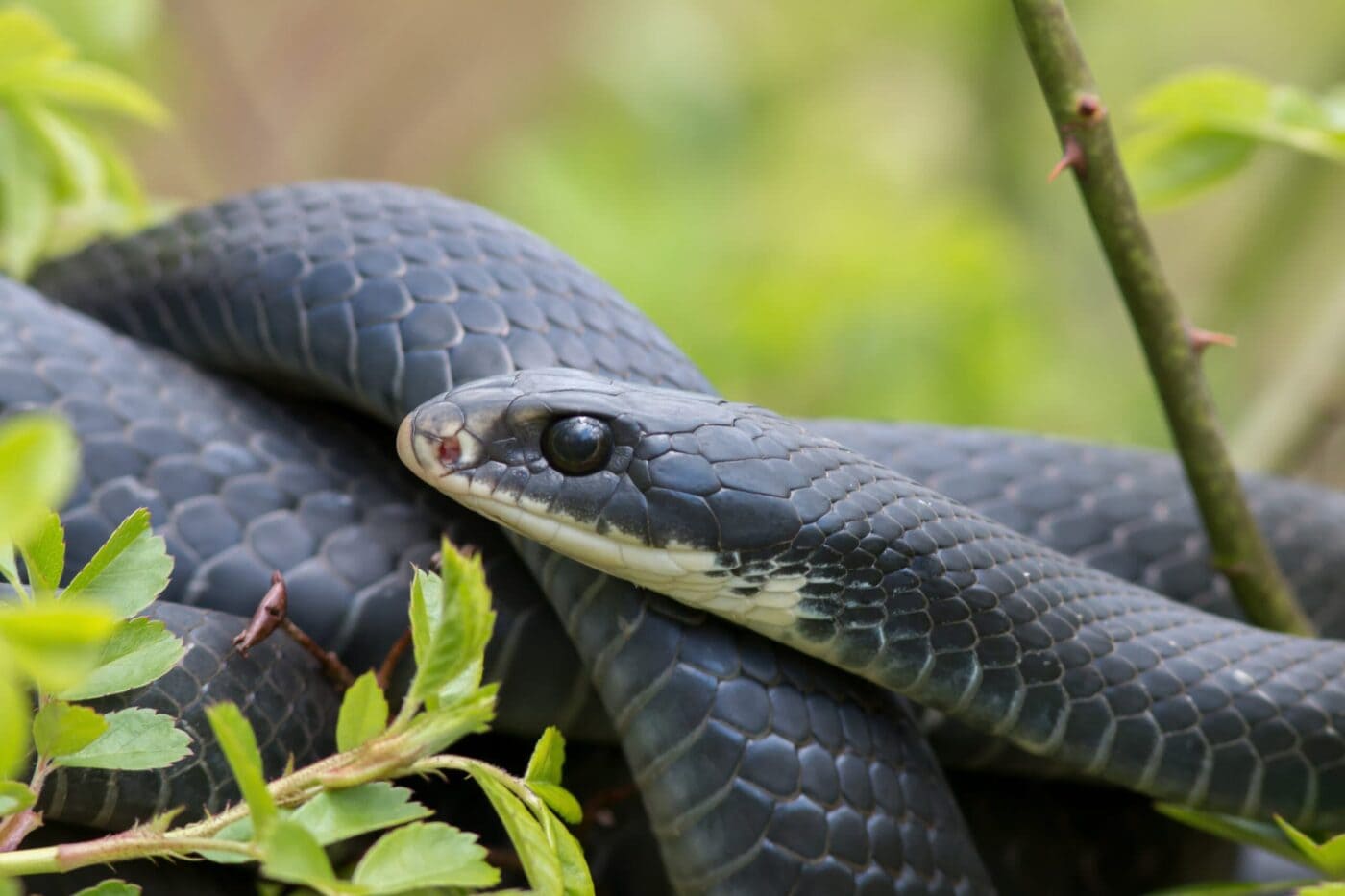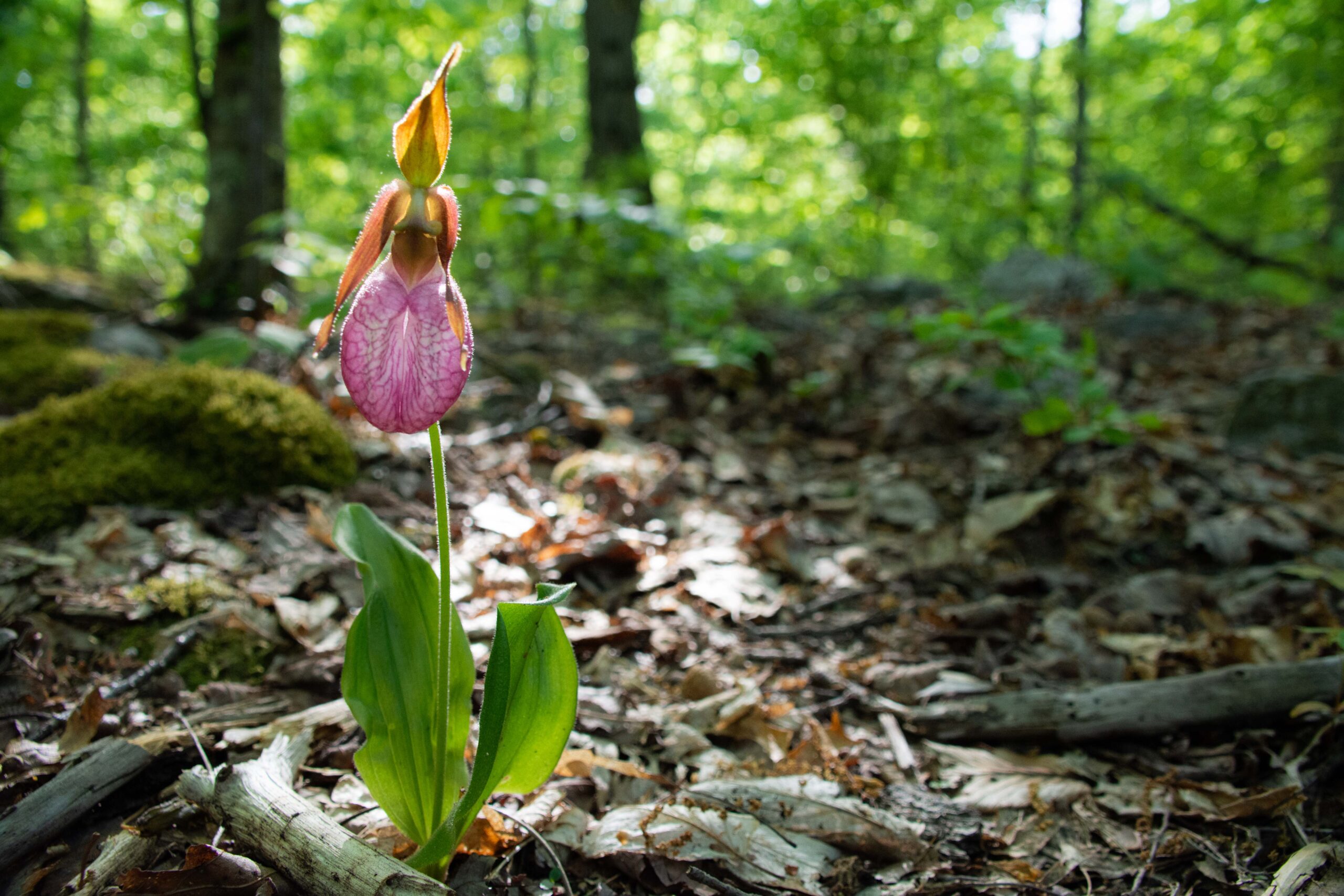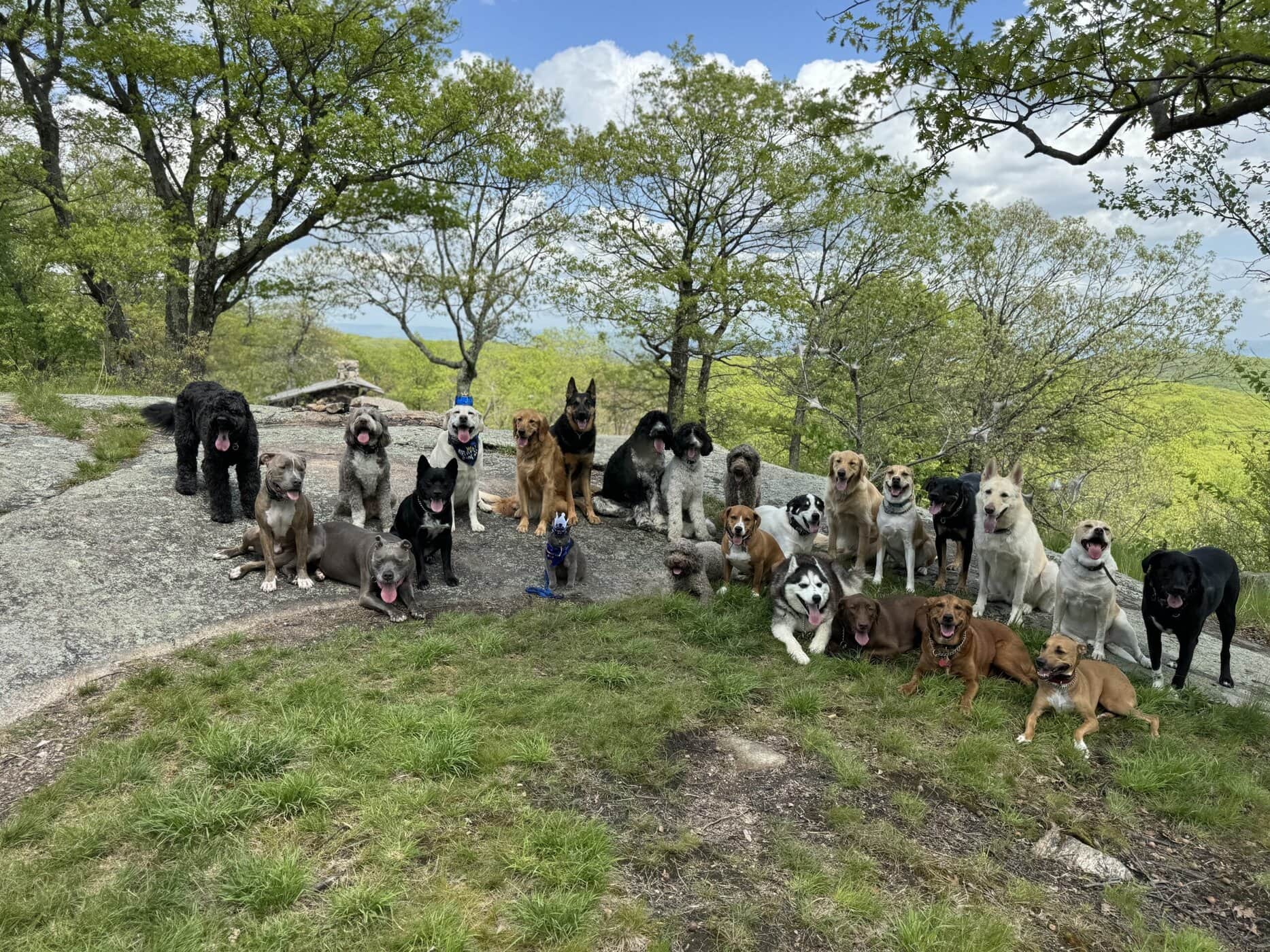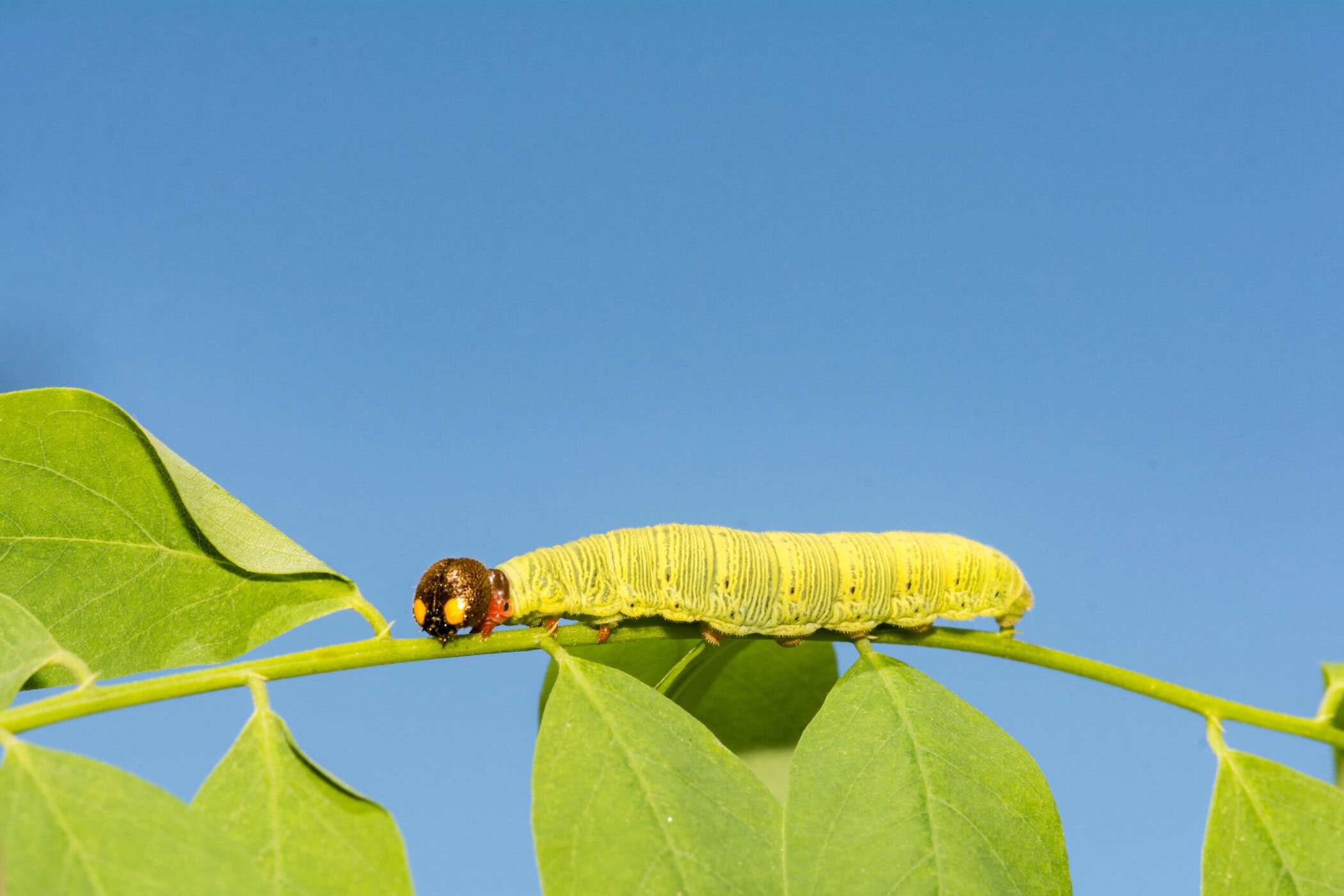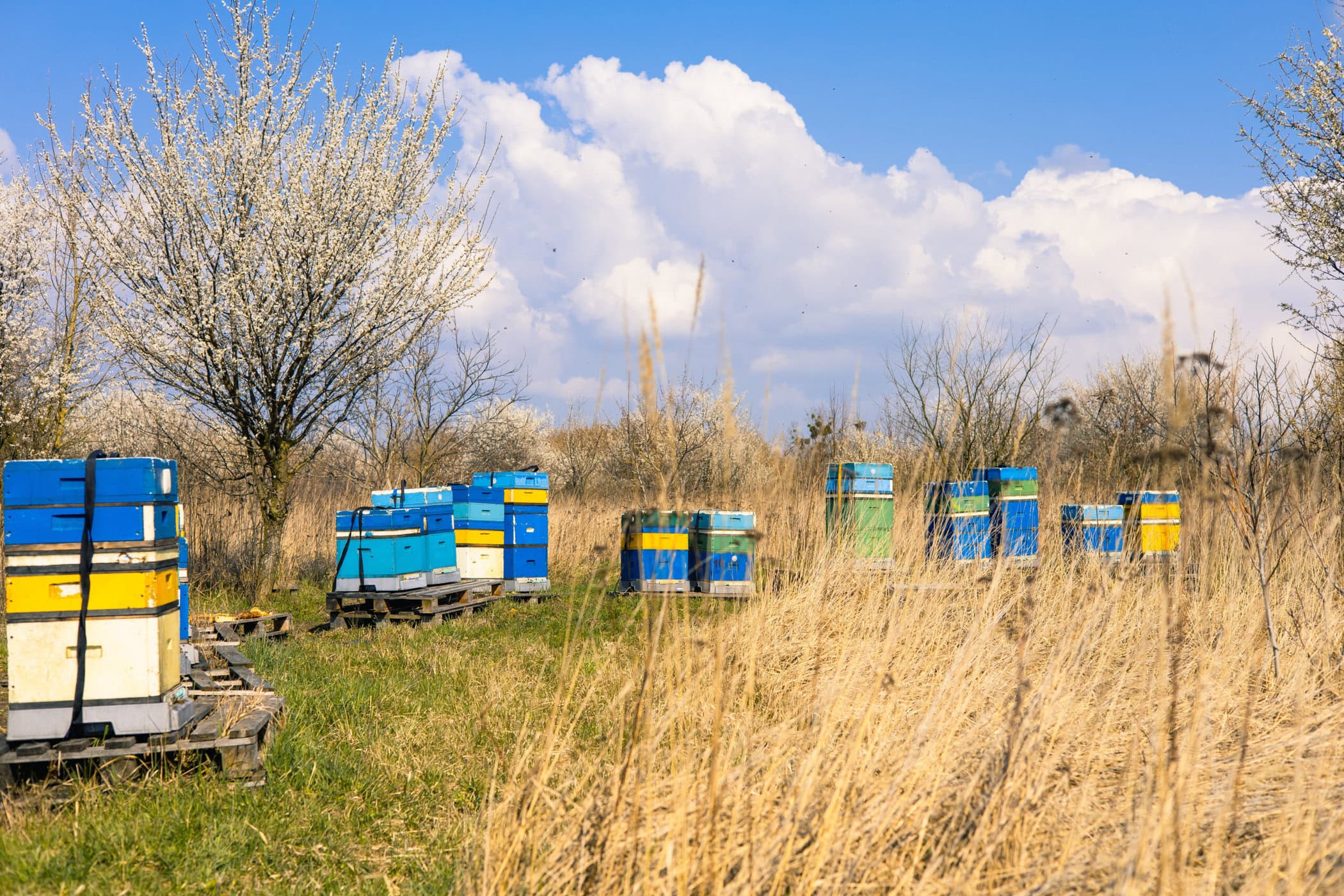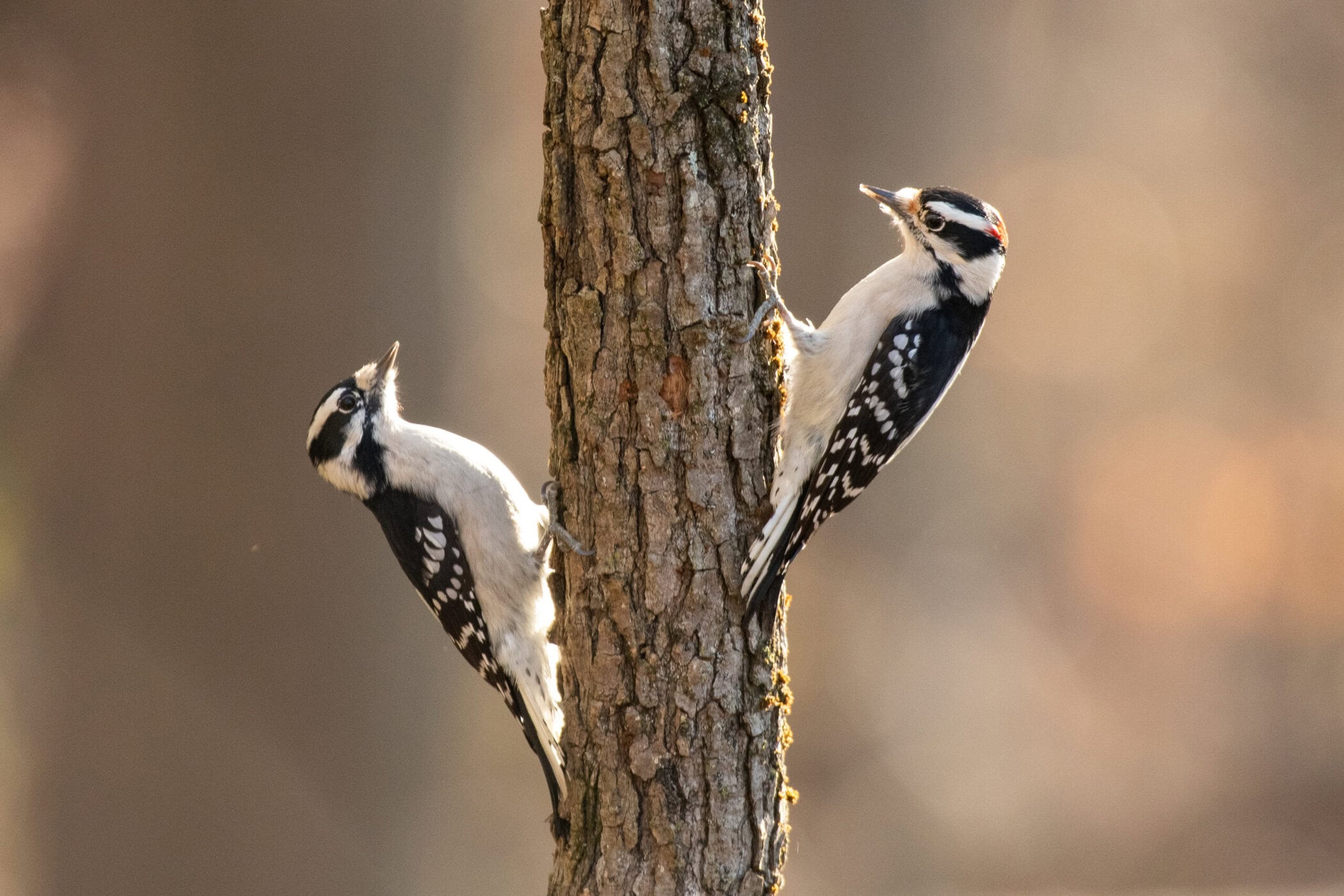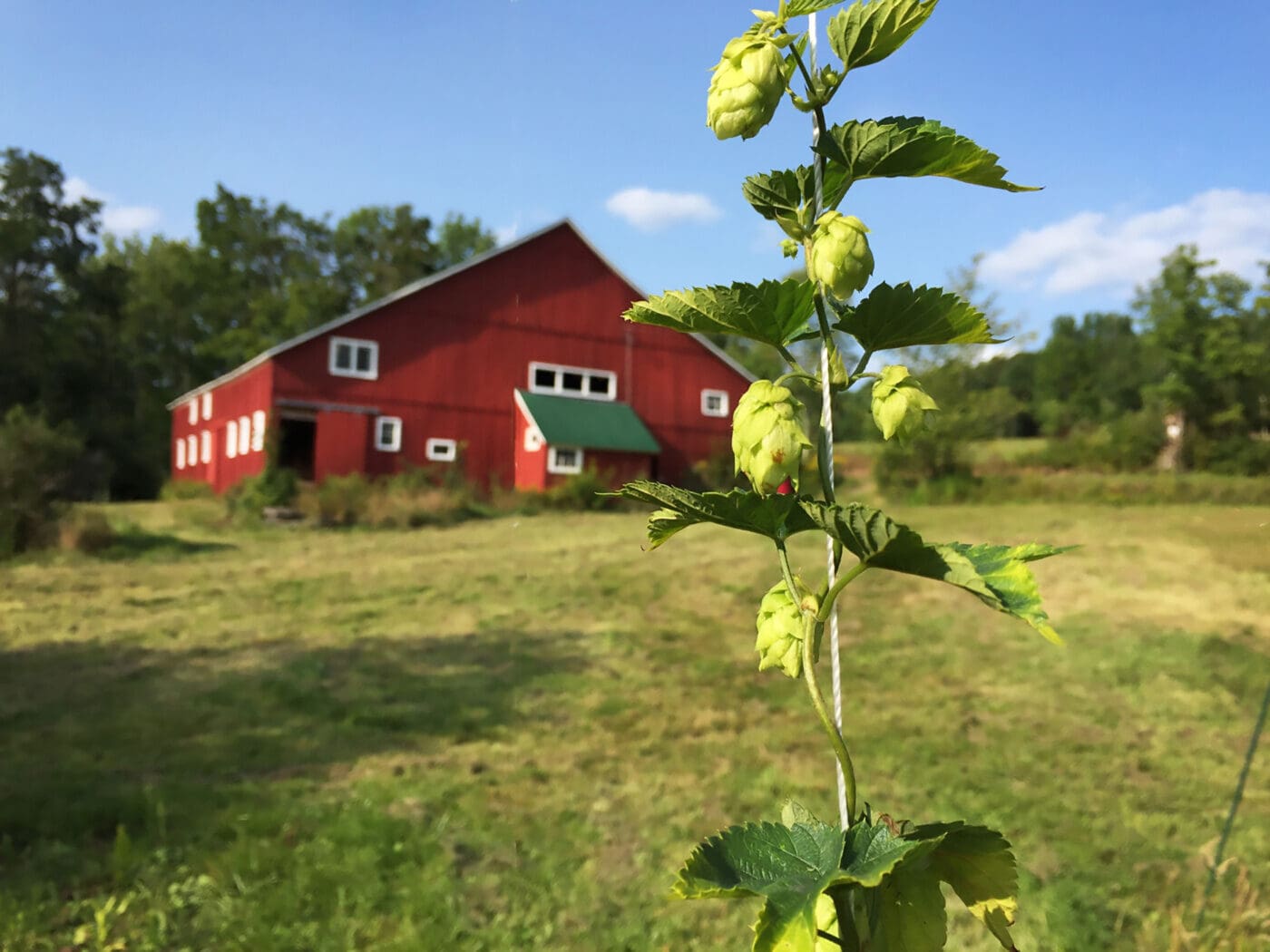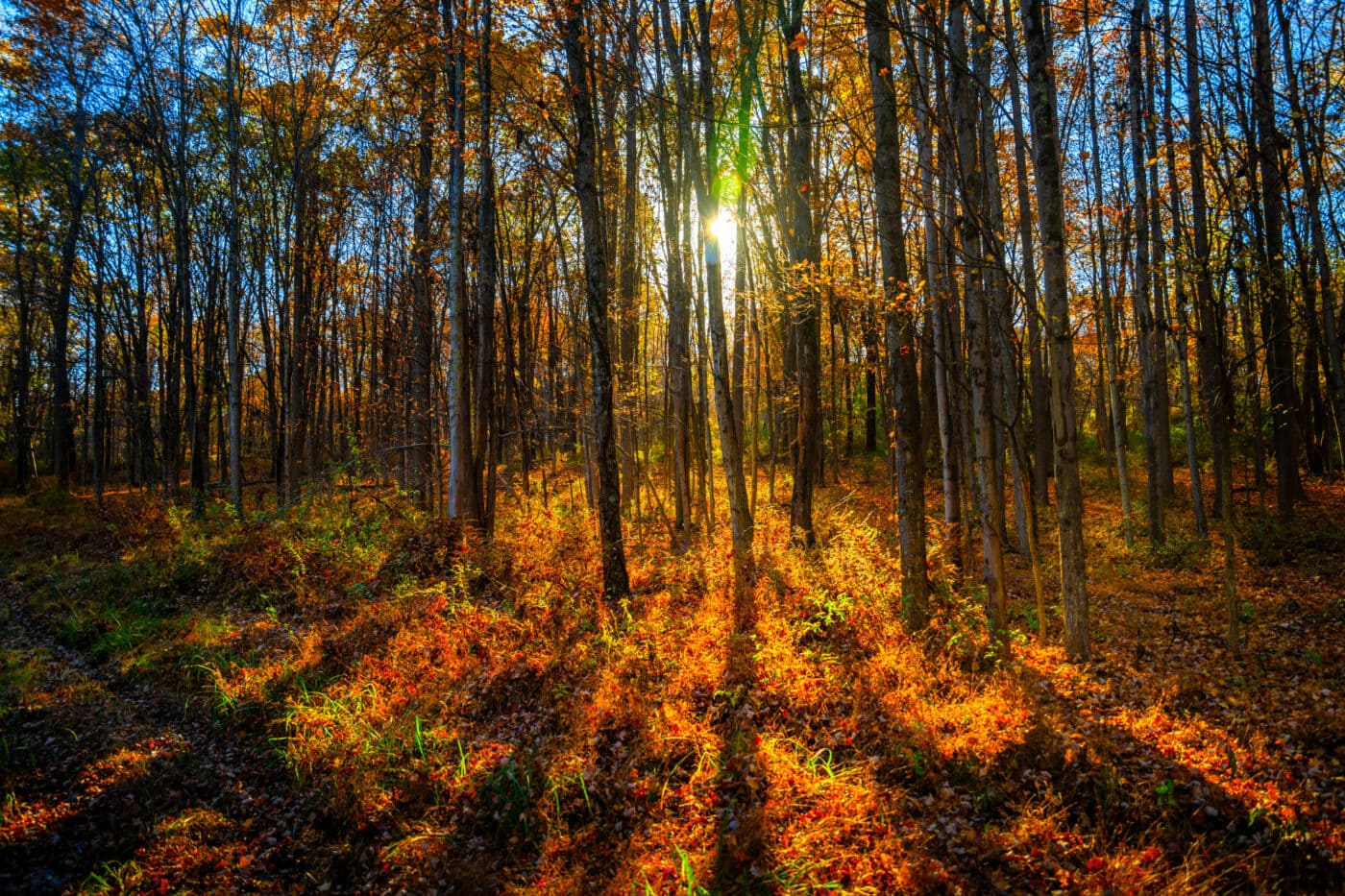Cryptic, mysterious, and too often feared, snakes are among the most misunderstood animals that share our planet. New York is home to 17 different species of snakes, with many residing in the Hudson Valley. These species represent a great diversity in form, natural history, and behavior and can be found in various habitats, from forest floors to ponds, lakes to rocky mountainsides, and occasionally beyond.
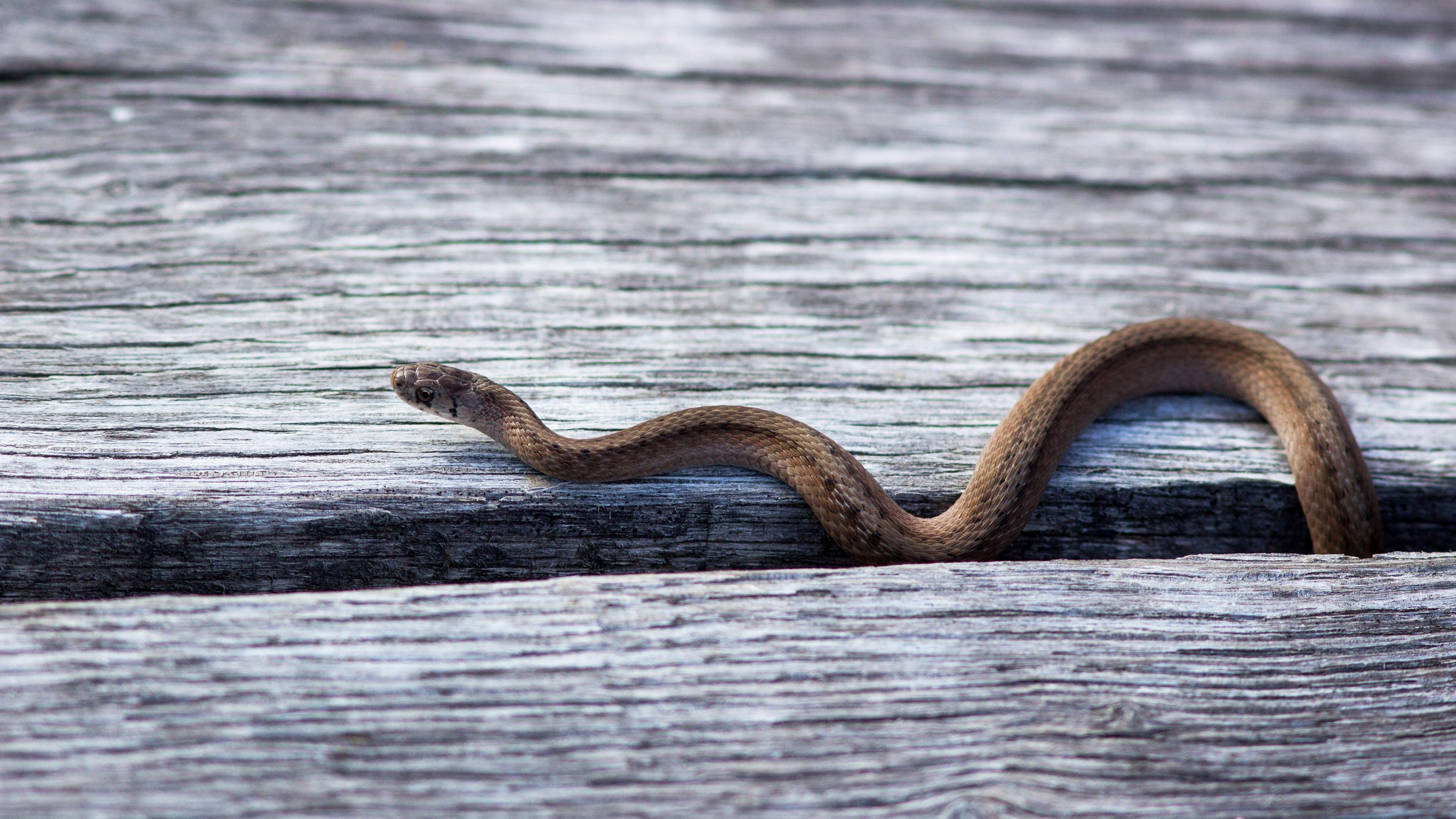
Why give snakes a chance? For starters, snakes are reptiles. Their closest relatives are lizards, and they also share kinship with turtles, and crocodilians. Their skin isn’t slimy like a fish or a frog. Instead, they’re scaly and can come in a variety of colors and patterns — from the bold striped lines of a ribbon snake to the striking camouflaging bands of a copperhead.
Snakes have been on this planet for over 100 million years and play their part in nature as important predators of rodents and invertebrates. In turn, they are prey for species found in other places on the food web, including hawks and other carnivores. They aren’t deadly killers on the hunt for humans or bringers of misfortune, but simply one unique branch of the tree of life and an irreplaceable part of our natural world. Here is a brief introduction to a few of these wonderful creatures.
Eastern Racer (Coluber constrictor)
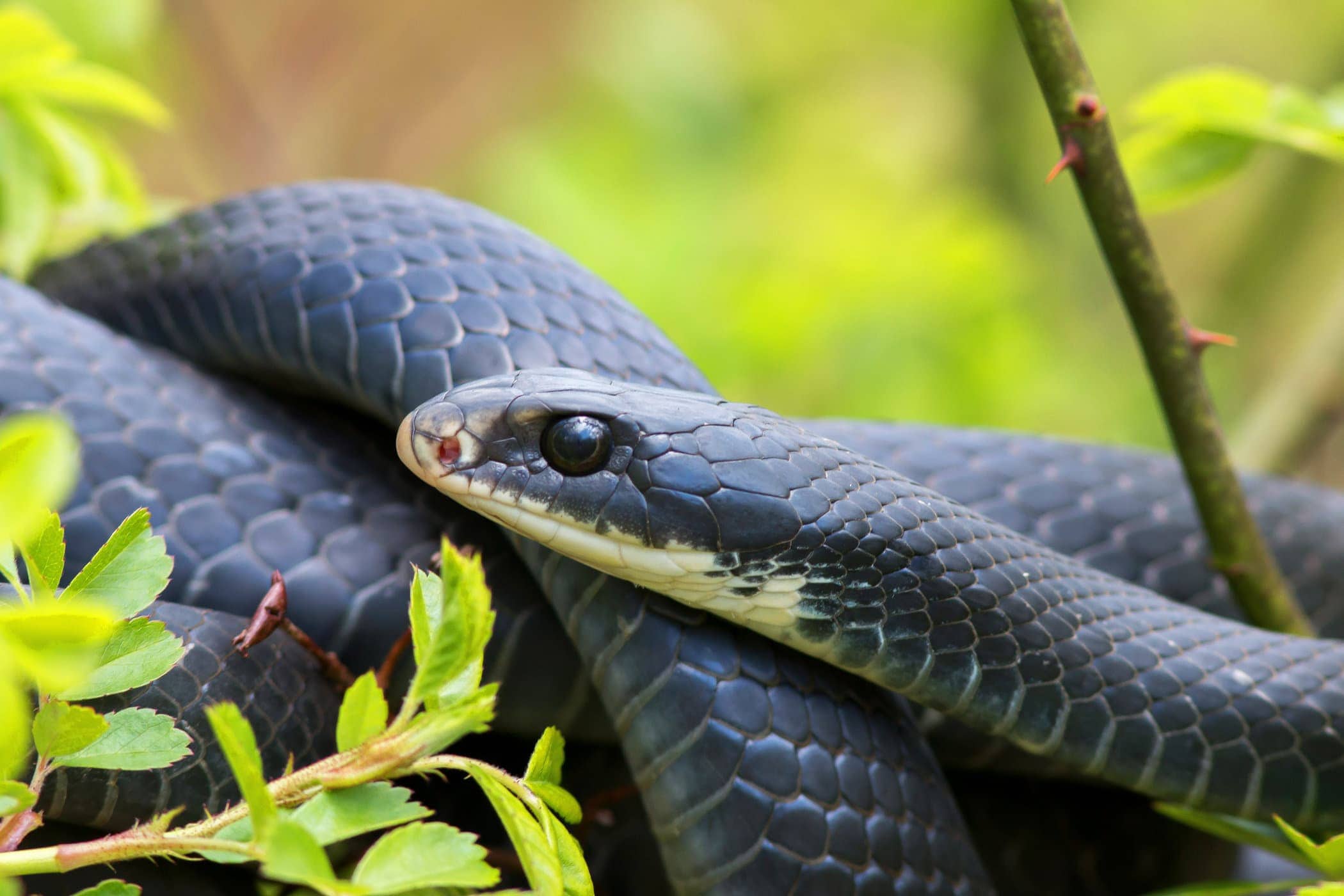
A large, robust, agile, and active species, the Eastern racer is a bold snake with its cylindrical shape, smooth scales, and jet-black coloration. Despite having “constrictor” in its scientific name, racers don’t actually constrict their prey — instead they opt to simply overpower it with their jaws and body. These snakes will rapidly shake the tips of their tails when threatened, which can sound a bit like a rattle among dry leaf litter. This behavior is widespread in many snakes around the world and may be an ancestral trait that evolved before rattlesnakes took it one step further.
Garter snake (Thamnophis sirtalis)
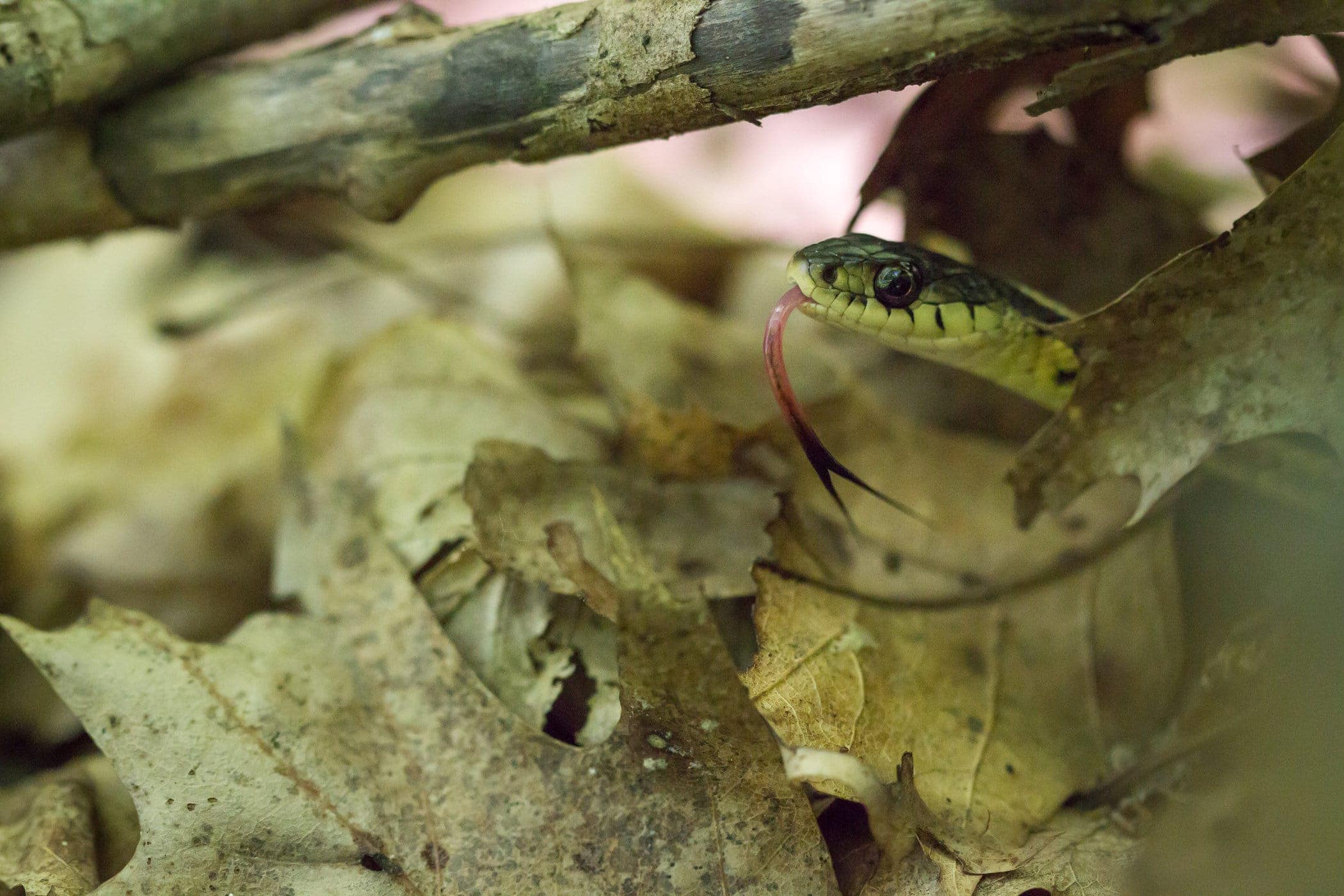
Perhaps the most common and familiar species in New York is the garter snake. Found in many habitats from your backyard to forests, fields, ponds, and swamps, this is the archetypal snake. The forked tongue of garter snakes and others is actually functional in design. As snakes constantly flick out their tongue, the two sides of the fork pick up chemicals in the air. The side of the fork with more scent particles can help direct the snake toward or away from what it’s sensing, whether that’s potential prey, mates, or predators.
Water snake (Nerodia sipedon)
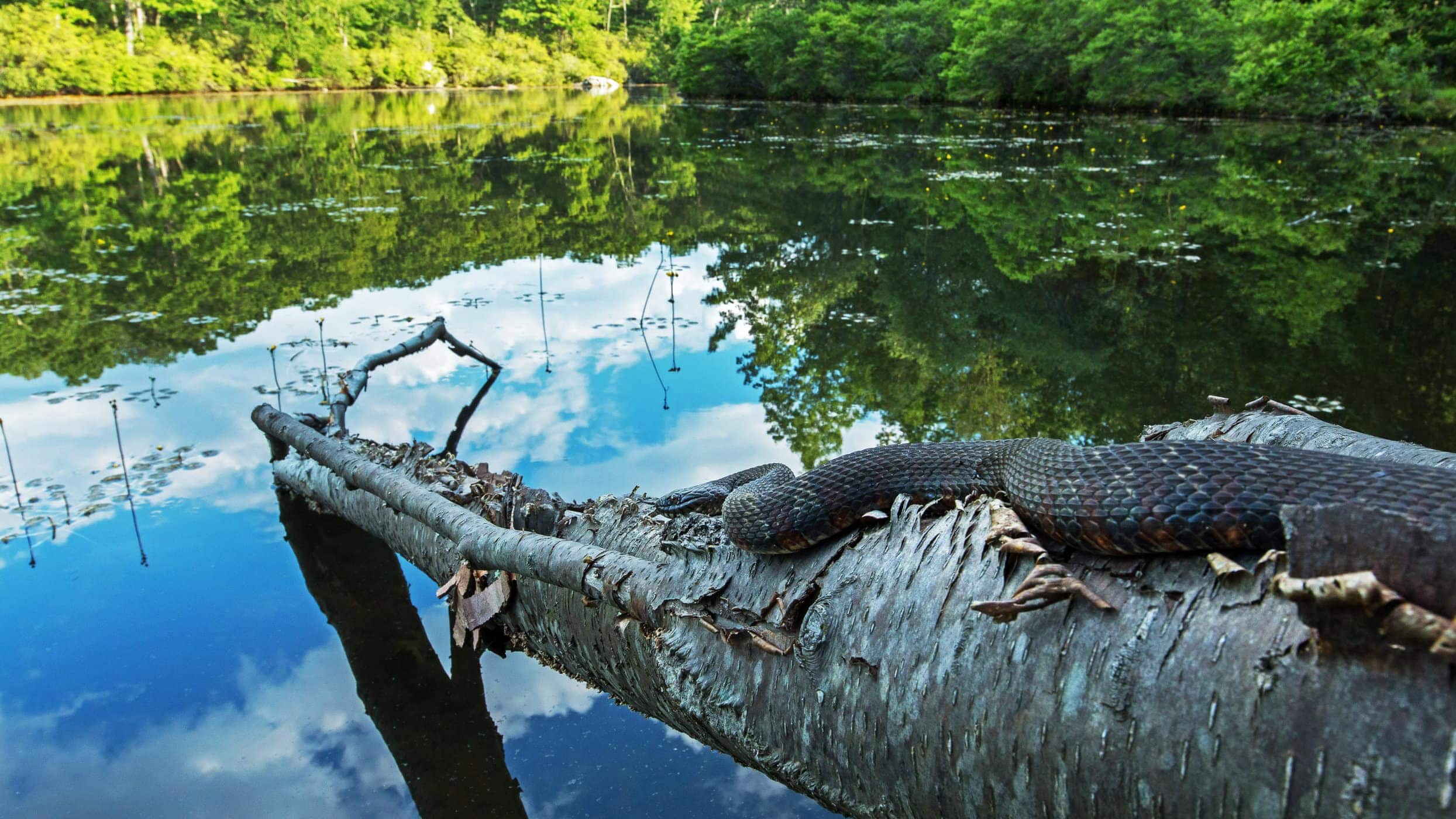
Another common snake of the Hudson Valley is the water snake. As its name implies, it is generally found in or around water. Although people may falsely mistake this harmless snake for the venomous cottonmouth due to the thick body and broad head of the watersnake, cottonmouths aren’t found in New York. While you are in no danger from them, water snakes are known for their poor disposition when handled, being quick to bite and expel musk. So as with most snakes and wild animals in general, it’s best to leave them alone, though they’re really harmless beyond their very stinky musk.
Ribbon Snake (Thamnophis sauritus)
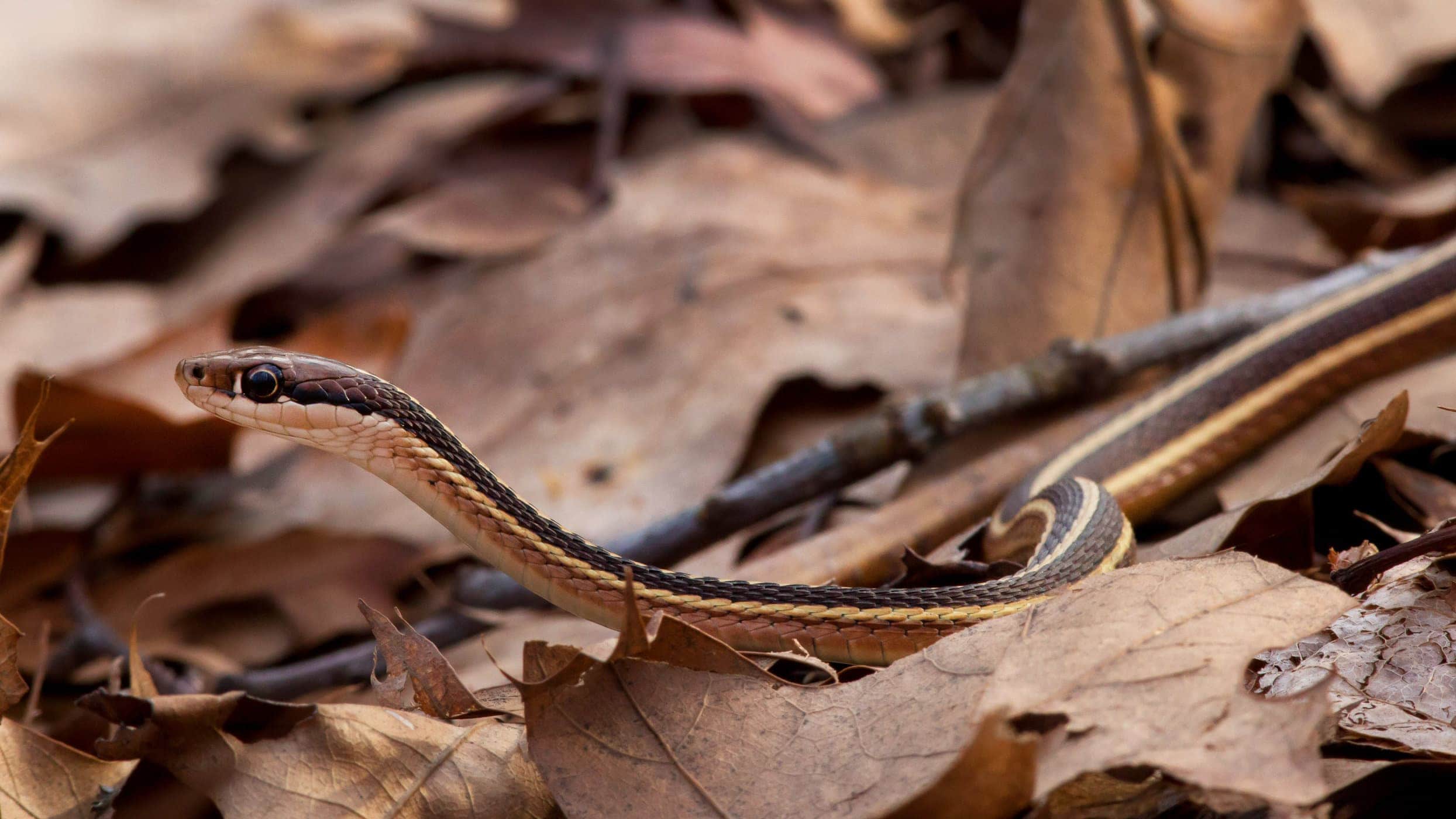
Ribbon snakes are close relatives of garter snakes — similar in appearance and behavior, but slighter in build with a ruddier coloration. They also tend to be more closely associated with water. These small snakes eat small insects, slugs, and worms and are especially adept at eating snails out of their shells. They can be distinguished from garter snakes by black markings on the yellow scales just above their mouth.
Milk Snake (Lampropeltis triangulum)
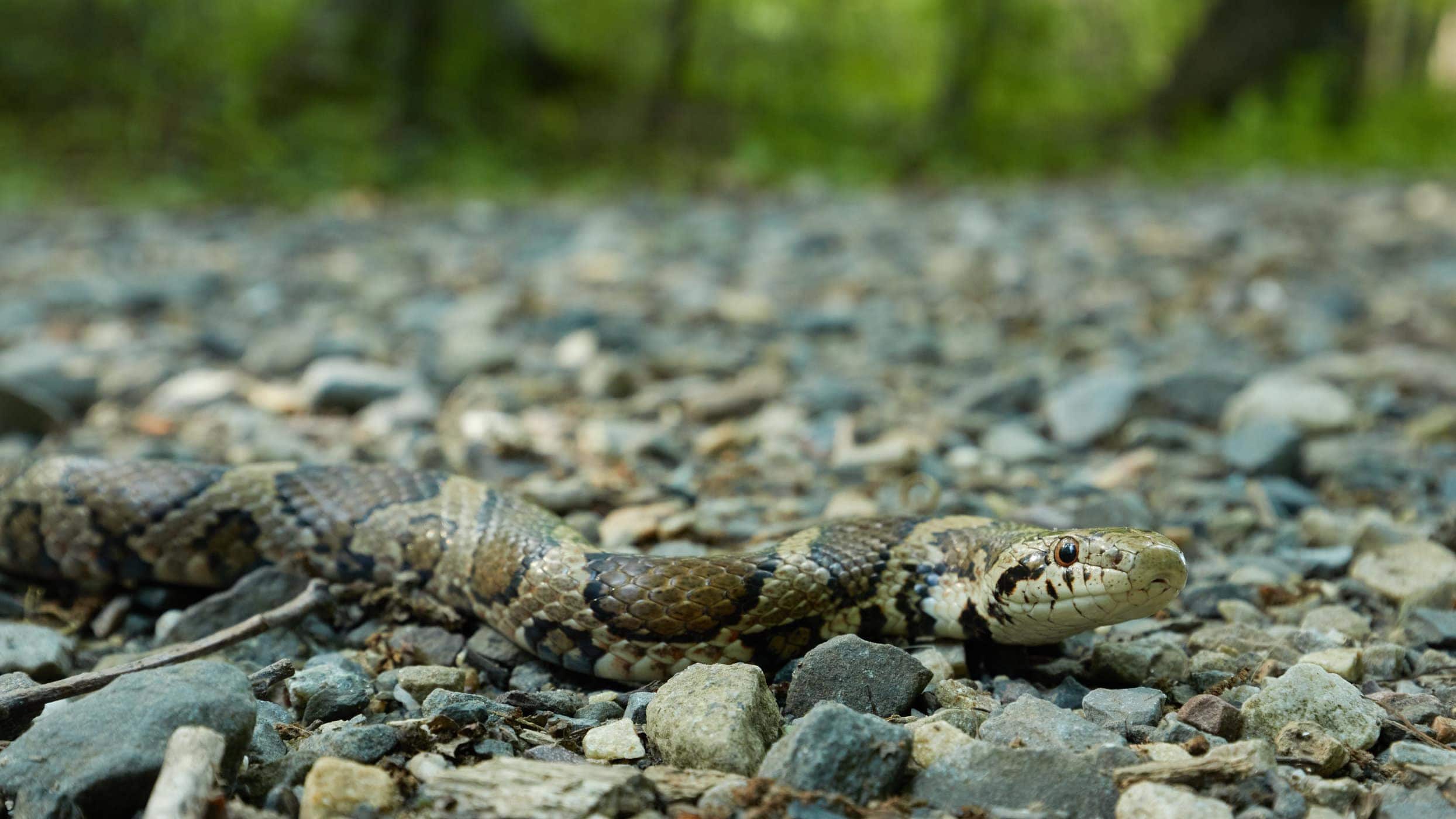
Milk snakes can be bright in coloration in other parts of their range, but are generally less colorful and better camouflaged here in New York. They get their common name from an old folktale where these snakes would allegedly sneak into barns to drink milk from cows’ udders. While farmers may have very well found milk snakes hanging around barns, the snakes were more likely enticed by abundant rodent populations rather than dairy.
Copperhead (Agkistrodon contortrix)
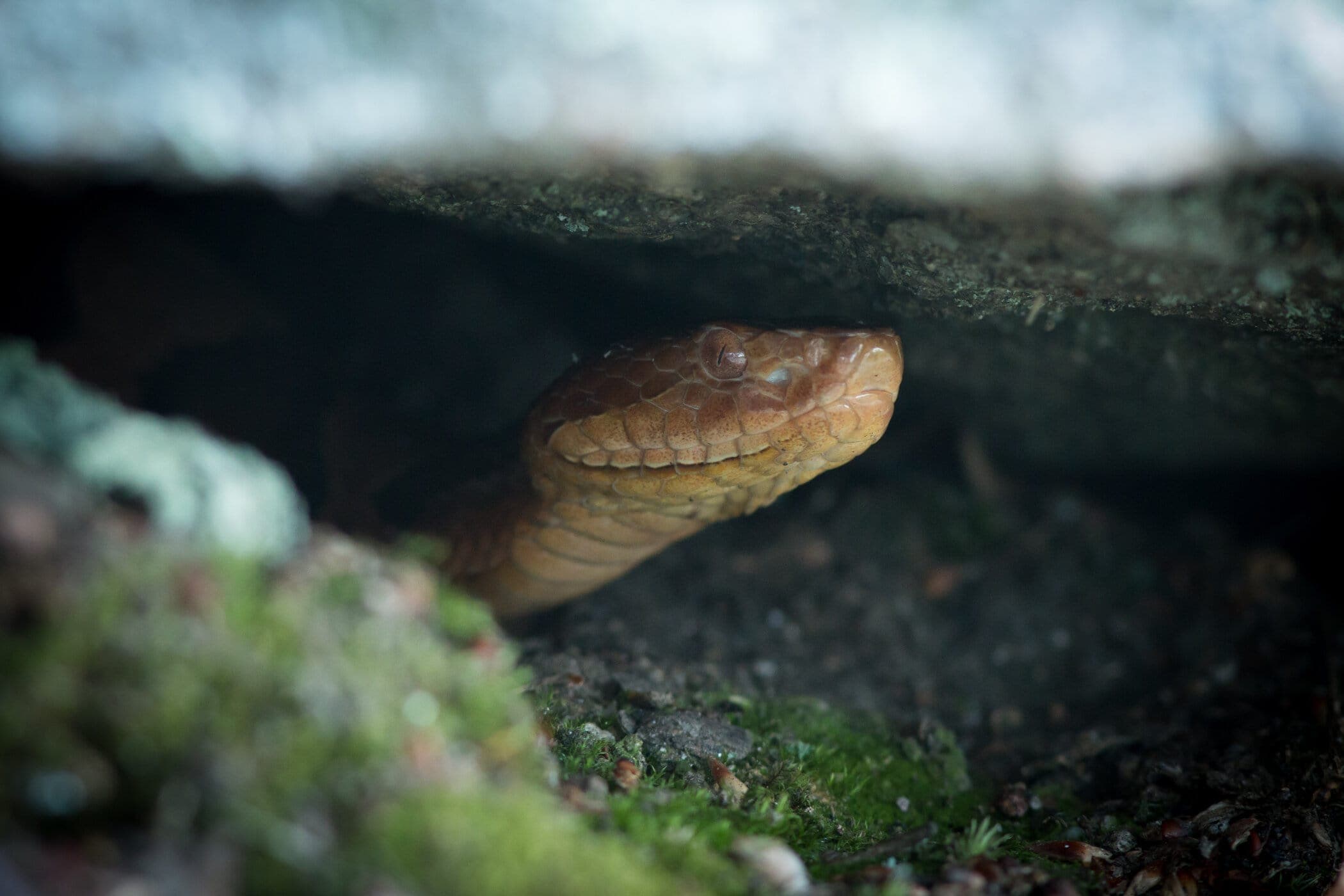
One of two pit vipers that make their home in the Hudson Valley, copperheads prefer to live in sunny, exposed rocky outcrops and ledges in deciduous forests. The “pit” in “pit vipers” refers to an opening between the eye and nostril that houses an organ allowing for the detection of heat. This offers an entirely new sensory world on top of olfaction and vision and is especially helpful in locating small, warm-blooded mammalian prey such as chipmunks, mice, and squirrels. Like most vipers, copperheads are primarily sit-and-wait predators. Aided by their banded patterns for camouflage, they disappear into the leaf litter to ambush their prey.
Timber Rattlesnake (Crotalus horridus)
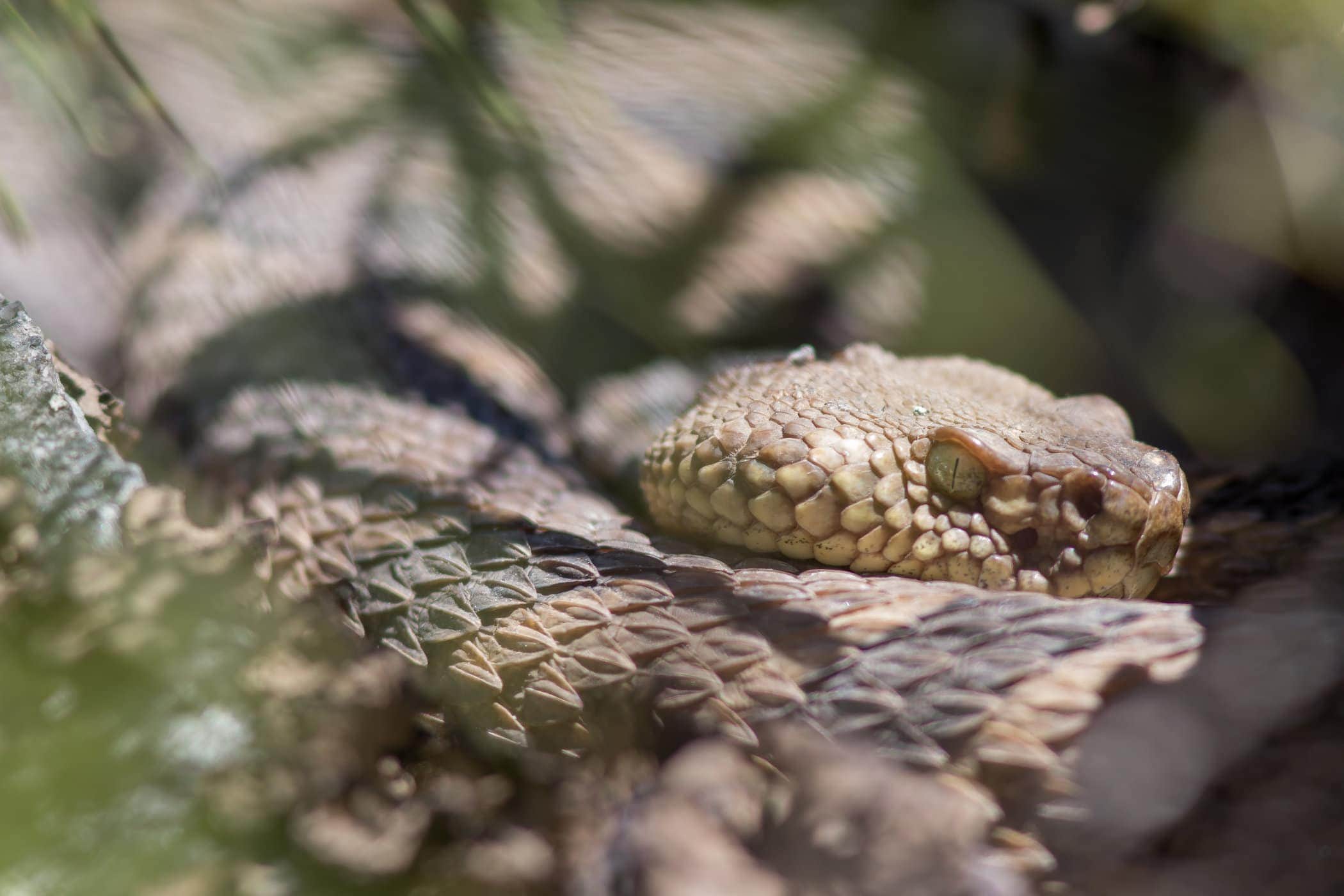
The timber rattlesnake is the second pit viper found in the mountainous regions of the Hudson Valley. It is possibly the most maligned snake due to its potential danger — you definitely want to avoid its poisonous bite as much as it wants to avoid being threatened. Yet there is much more to these creatures than meets the eye. Rattlesnakes have live birth, and females remain with their young for a period of one to two weeks to protect their vulnerable offspring from predation. There is also evidence that later in the autumn, the young will follow scent trails left by their mother to dens for hibernation. These snakes are long-lived and slow to sexually mature. They’re listed as a threatened species in New York State, where they’re up against illegal poaching and habitat destruction.


